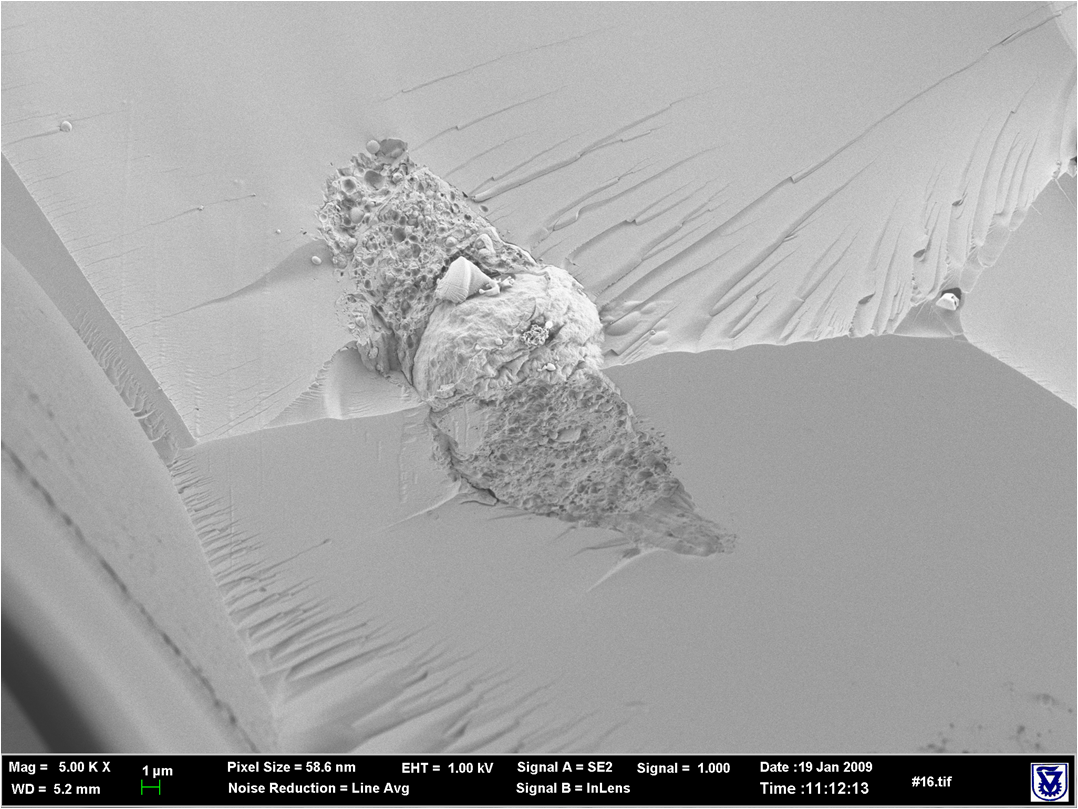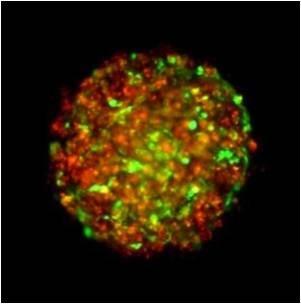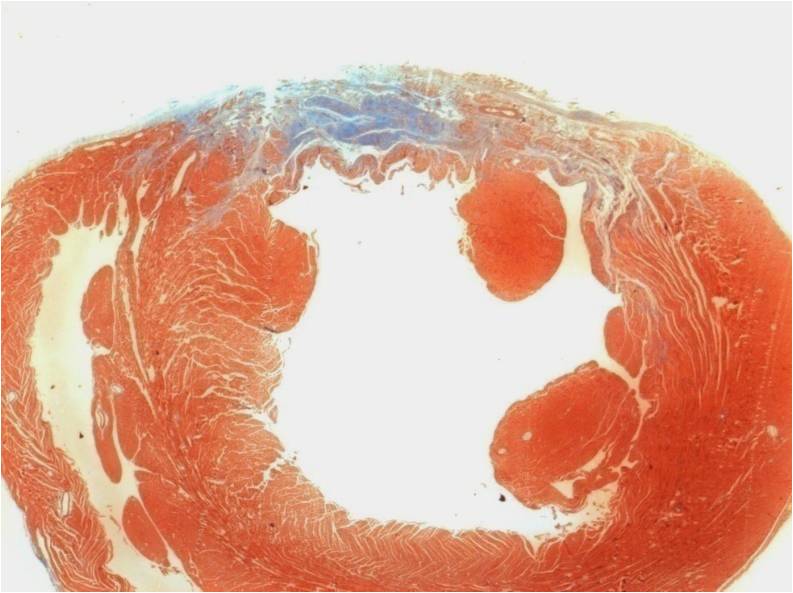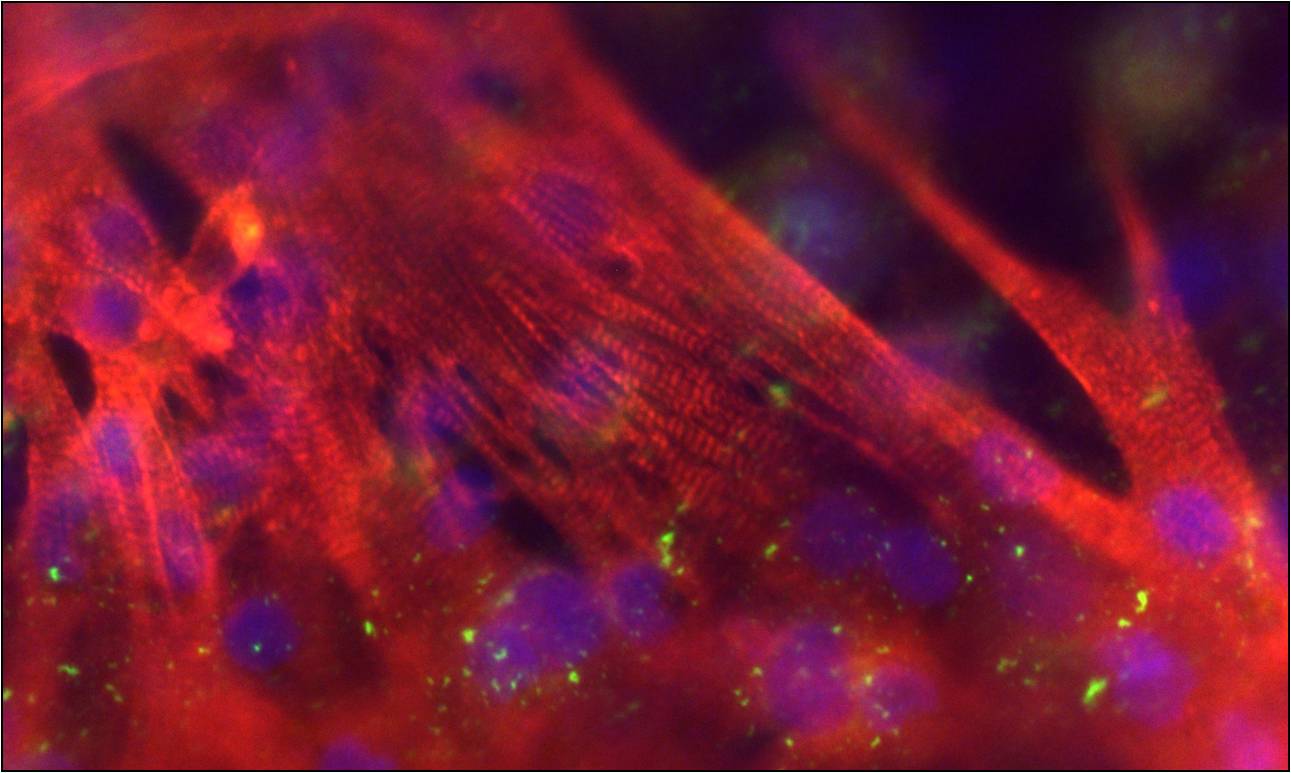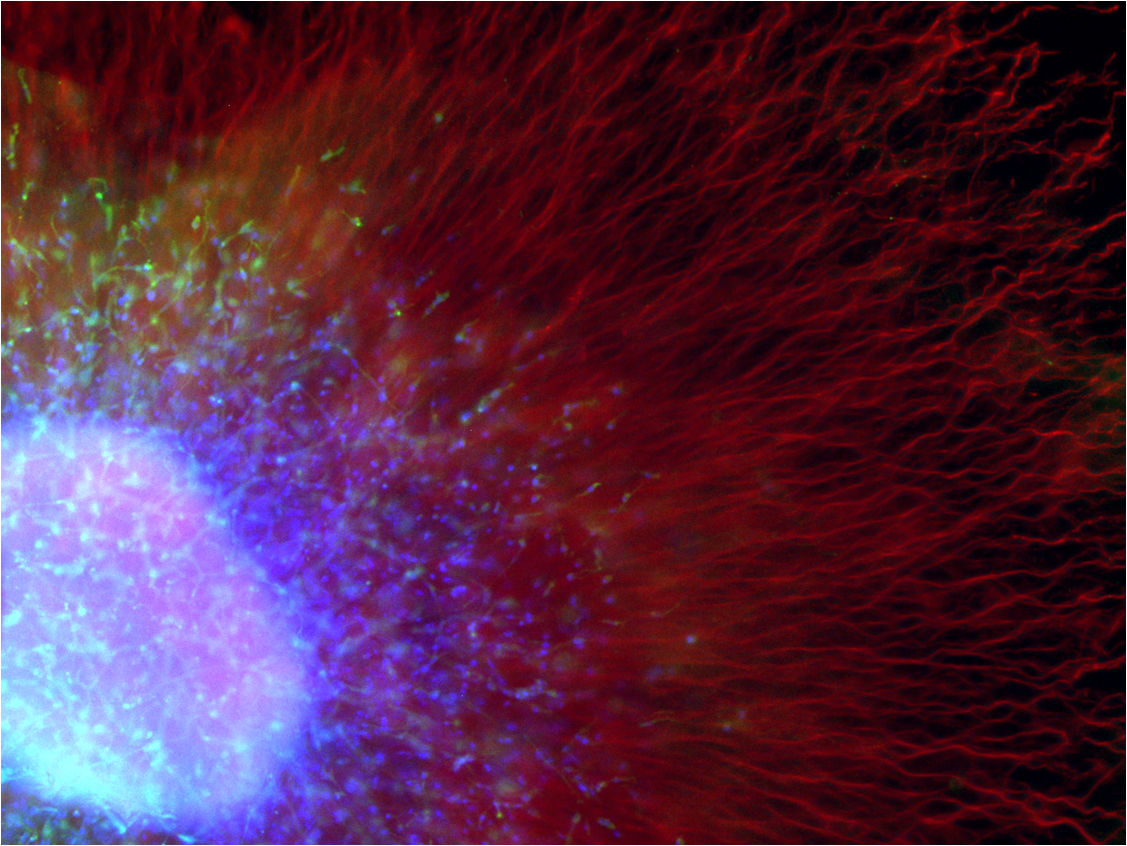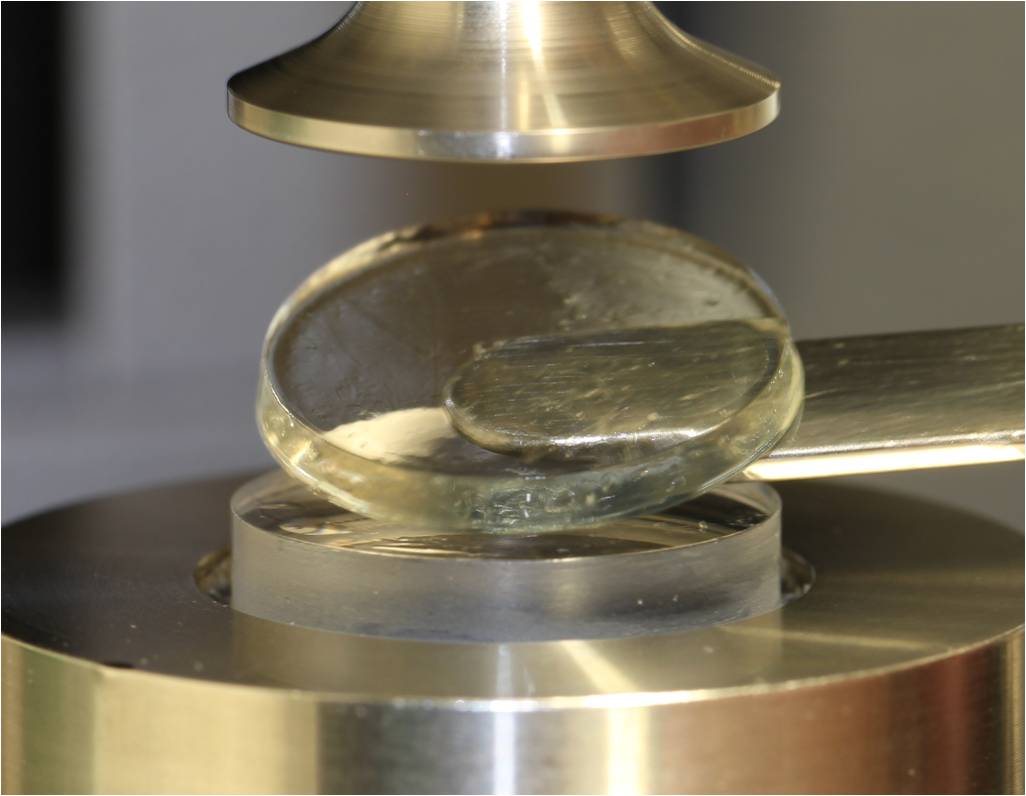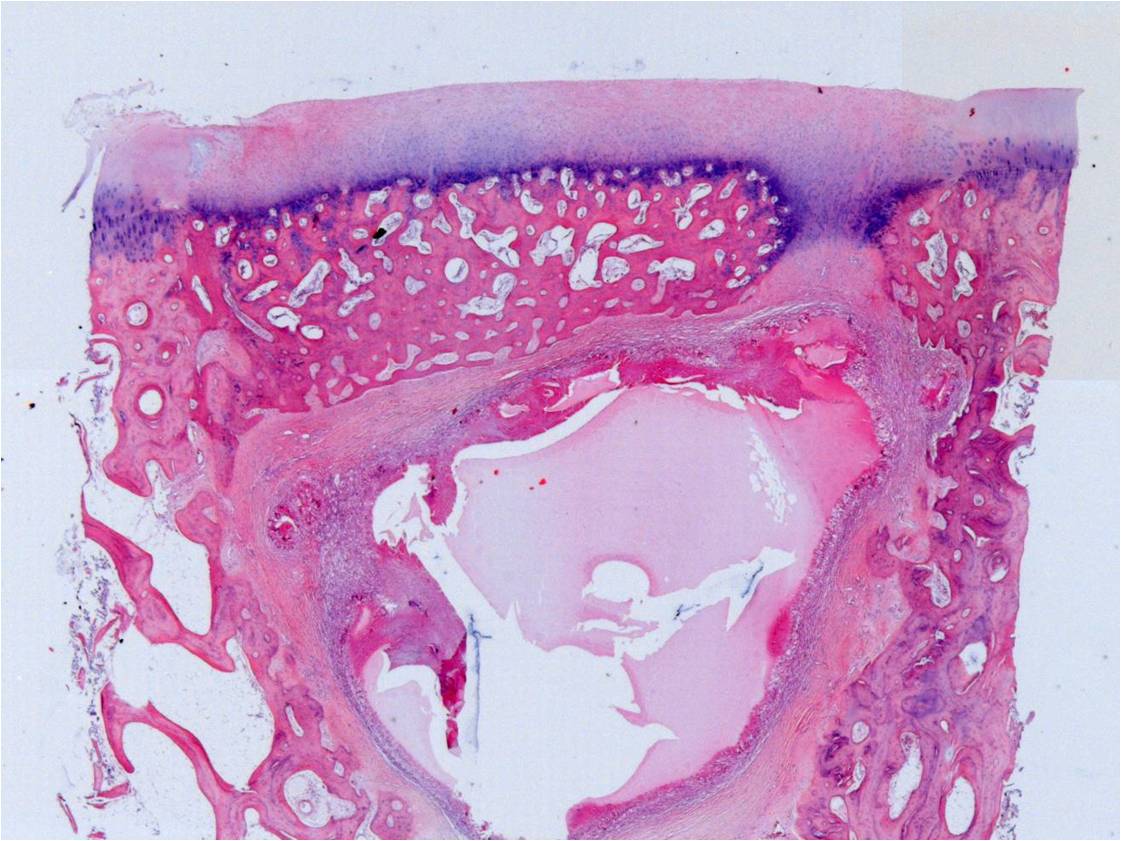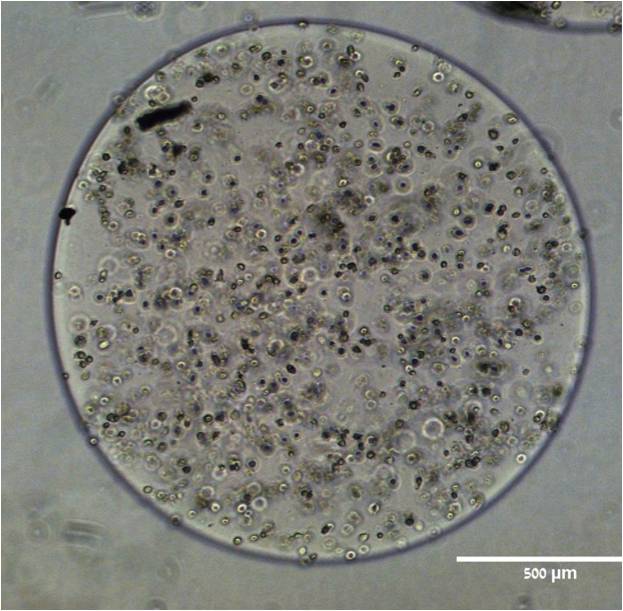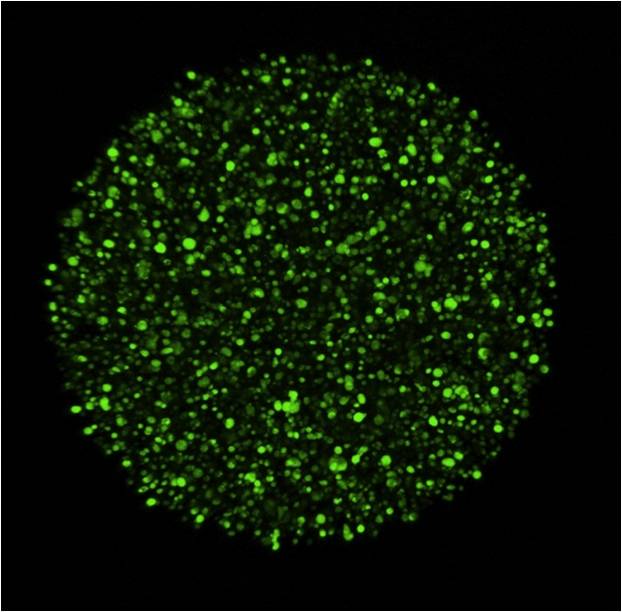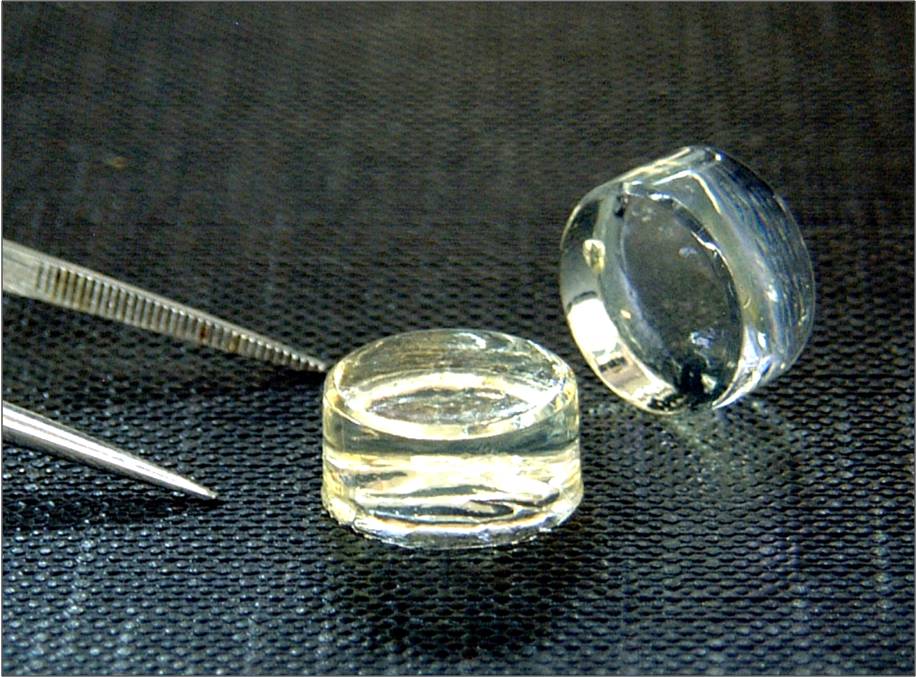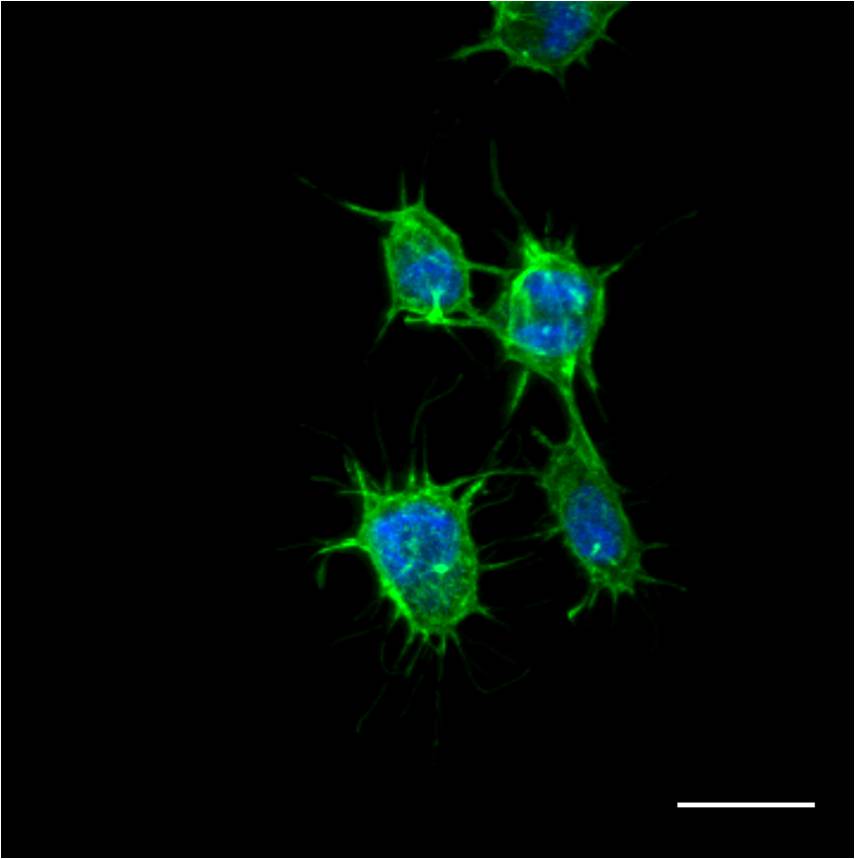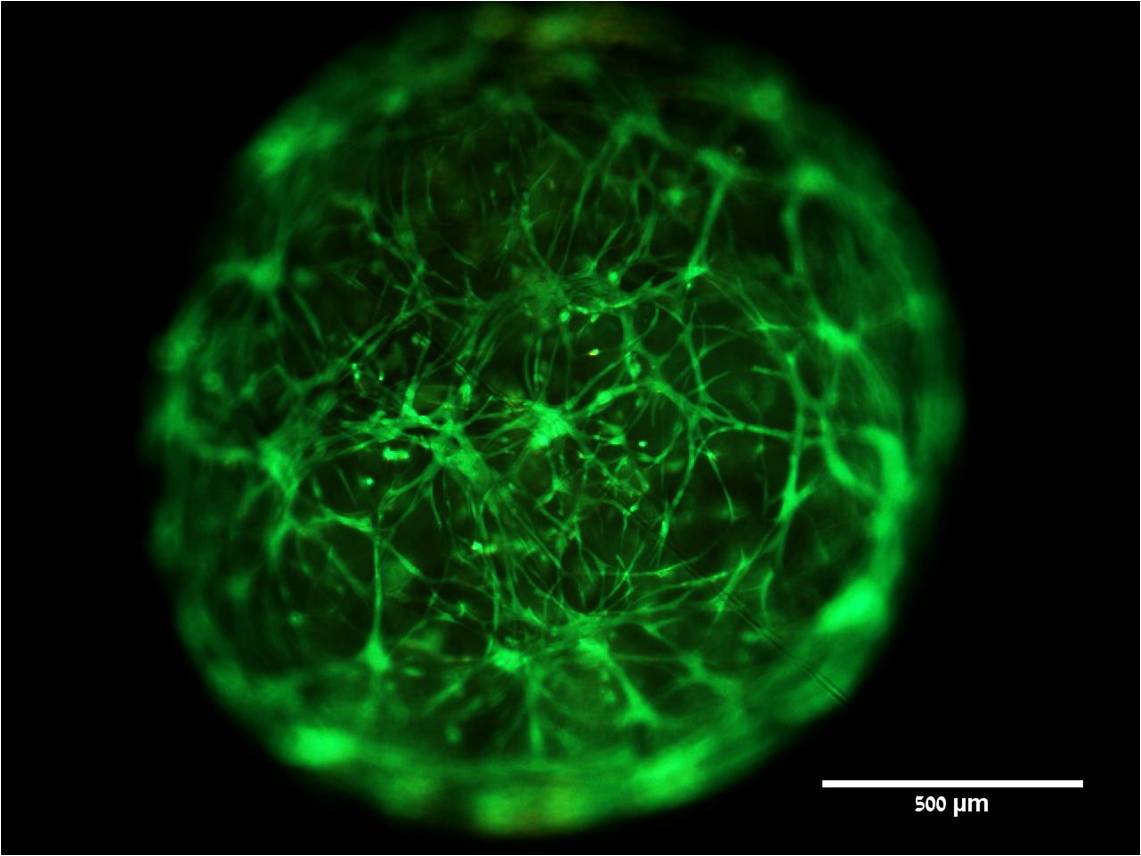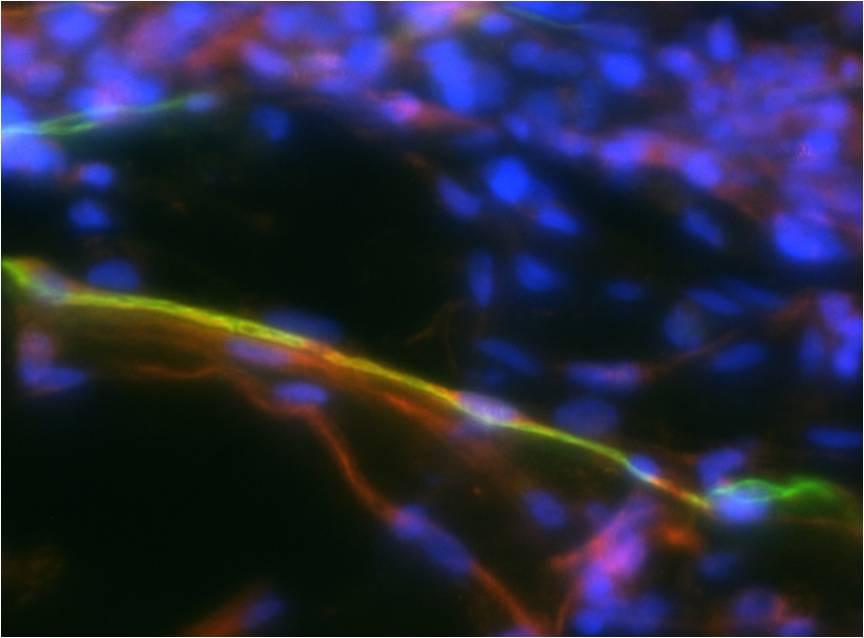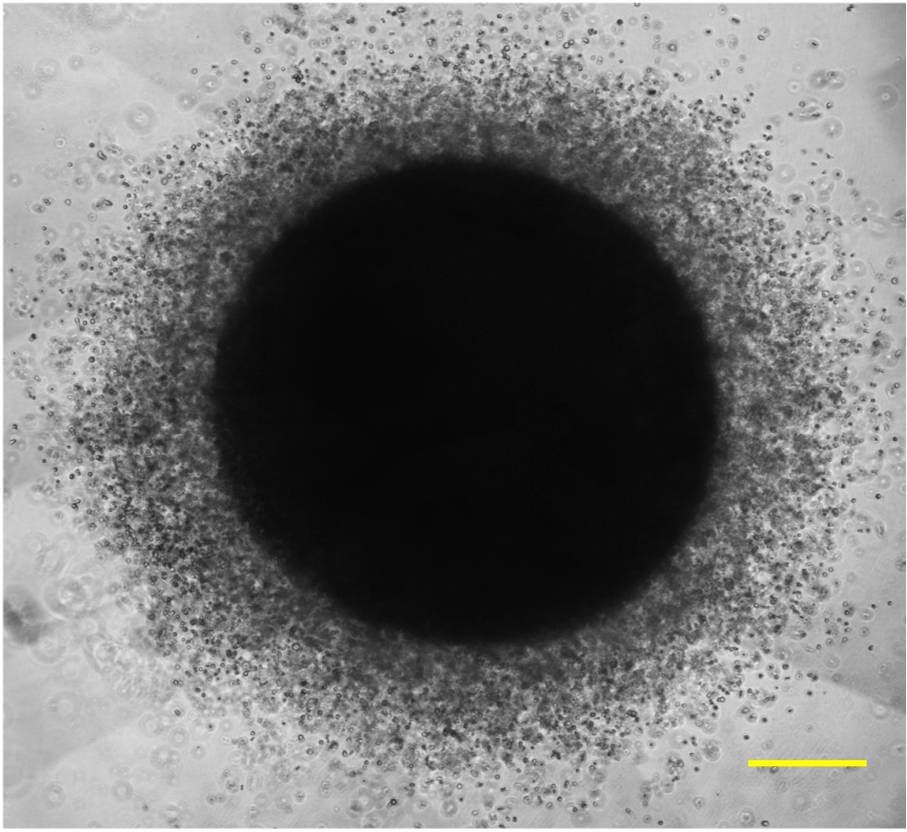- Cory-SEM image of a mesenchymal cell encapsulated in a PEG-fibrinogen hydrogel after several days in 3-D culture
- “Gel-in-gel” co-cultures of metastatic (red) and mesenchymal cells (green)
- Cardiac myocytes injected into a myocardial infarction in a rat heart using a PEG-fibrinogen cell carrier; wall thickness after 30 days
- Cardiac myocytes cultured within PEG-fibrinogen hydrogels after several days; staining for α-Sarcomeric actin, Cx43 and DAPI
- Dorsal root ganglion outgrowth into PEG-fibrinogen hydrogels after 1 week in culture; shown are neuronal cells (red) and glial cells (green)
- Parallel plate rheometry measurements performed on PEG-fibrinogen hydrogels with UV-curing attachment
- PEG-fibrinogen hydrogels used in the regeneration of osteochondral defects in sheep; new bone and cartilage visible
- PEG-fibrinogen microgel culture of GFP-labeled mesenchymal cells immediately after encapsulation
- PEG-fibrinogen microgel culture of GFP-labeled mesenchymal cells immediately after encapsulation
- Transparent hydrogels made from PEG-fibrinogen containing cells are cast into the shape of disks for studying cells in 3-D culture
- Mesenchymal cell spreading within PEG-fibrinogen hydrogels after 7 day in culture.
- Mesenchymal cell spreading within PEG-fibrinogen hydrogels after 1 day in culture.
- PEG-fibrinogen microgel culture of GFP-labeled mesenchymal cells 6 days after encapsulation
- Dorsal root ganglion outgrowth into PEG-fibrinogen hydrogels after 1 week in culture; shown are neuronal cells (red) and glial cells (green)
- “Gel-in-gel” co-cultures of metastatic and mesenchymal cells; metastatic cell outgrowth visualized by phase contrast microscopy
